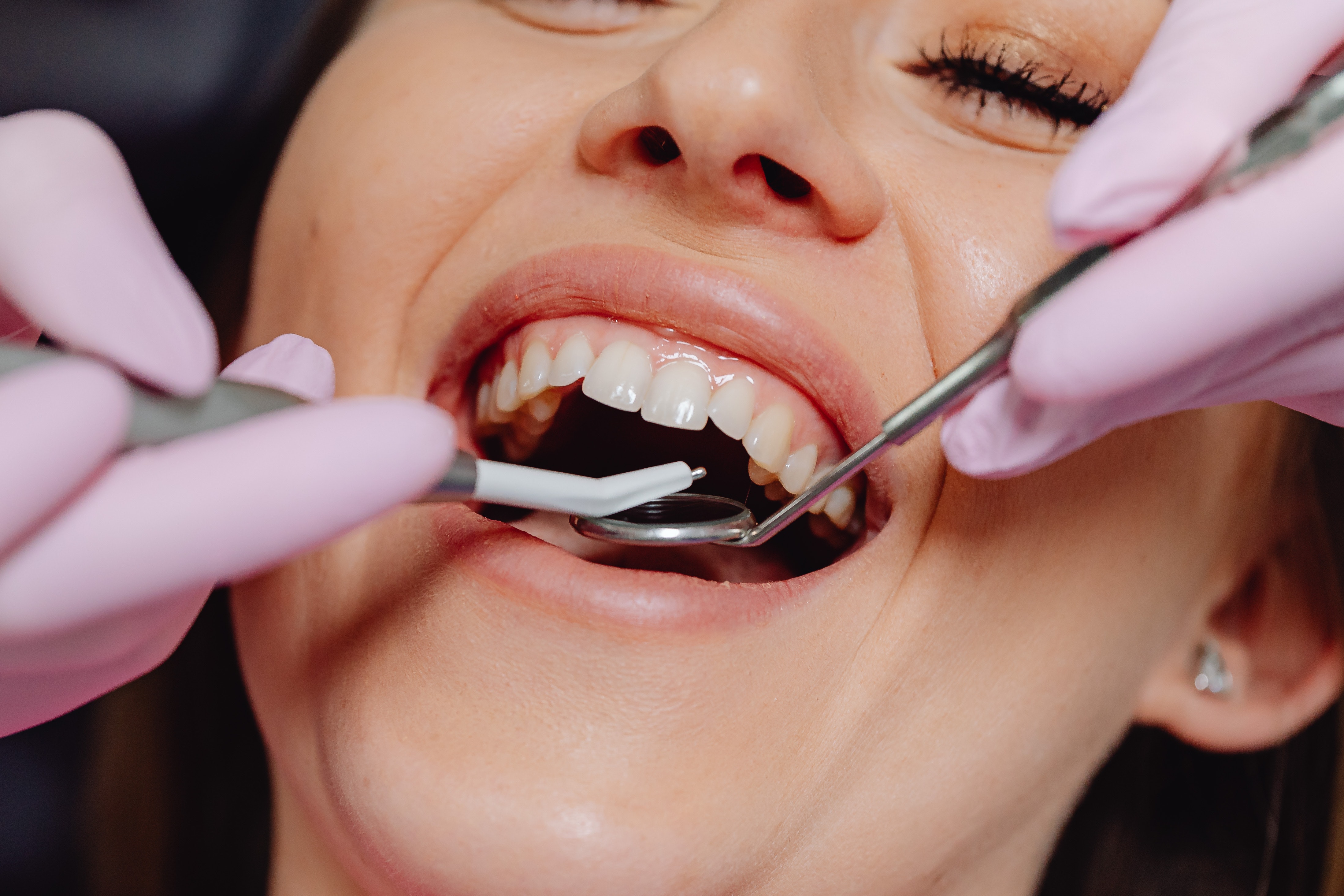Article by : Dr.Aparna Pandya
As Phillis Diller has rightly said- “A smile is a curve that sets everything straight.”
In this selfie era where people are increasingly conscious about their personal appearance, a perfect smile is an integral part of the overall look. When optimal harmony exists between these three components-teeth, perioral tissues and gums, the result is a picture-perfect smile or like some would say-the ideal selfie smile.
Hyper-pigmentation of the gingiva can hamper the entire look of a person, matter how handsome/pretty one is, and thus takes away the confidence to smile your way to glory.
What is gingival-hyperpigmentation?
We know that the colour of the gingiva has a crucial role in the overall aesthetics. Melanin is one of the main pigments contributing to the normal colour of the oral mucosa. They vary in colour from brown, black or blue depending on the vascularity of the overlying tissue and thickness of the overlying epithelium.
Etiology/Causes:
- Systemic conditions such as
- Endocrine disturbance
- Syndromes-Albright’s syndrome, Peutz-Jeghers syndrome
- Malignant melanoma
- Hemochromatosis
- Chronic pulmonary disease
- Genetic factors
- Excessive tobacco administration
- Prolonged administration of certain drugs especially – antimalarial agents and tricyclic antidepressants.
- High levels of oral melanin pigmentation are normally observed in individuals of African, East Asian, or Hispanic ethnicity.
Indications of gingival depigmentation:
- Fair skin toned individuals with gingiva deeply pigmented
- Healthy gingiva
- Adequate thickness of gums.
Treatment modalities:
- Surgical approach– This is the most common technique. The overlying epithelium is denuded surgically under local anaesthesia and the connective tissue is left to heal. It is simple, inexpensive and does not require sophisticated armamentarium. A dressing and antibiotics as well as painkillers are given for one week.
- Bur abrasion – It is similar to the surgical technique. This technique is simple and safe. The clinician uses a handpiece and with a controlled speed and pressure gives strokes along the gum to remove the coloured gums.
- Electrosurgery – This is technique sensitive. Prolonged or repeated application of current to tissue induces heat accumulation and then tissue destruction. Contact with the underlying bone and teeth needs to be avoided.
- Cryosurgery – It is a branch which makes use of local freezing for the controlled destruction of tissues. Liquid nitrogen and tetrafluoroethane are used. The effect of ultralow temperature of cryogen on gingival tissue causes the epithelium to undergo cryonecrosis, which helps to eliminate gingival pigmentation. The advantage of this process is that it does not require anaesthesia or dressing. It is painless and has shown excellent results. The disadvantages are depth control is difficult and prolonged freezing can cause destruction.
- Lasers– Again a technique-sensitive method. Most commonly used lasers for gingival depigmentation are carbon dioxide (CO2, 10,600 nm) lasers, neodymium: Yttrium, aluminum, and garnet (Nd: YAG, 1,064 nm) and diode (980 nm) lasers. It is an effective and safe treatment modality with ease of access to interdental papilla and low rate of recurrence. The use of dressing is not needed. However mild postoperative discomfort is common. This method requires the need for expensive and sophisticated equipment.
Gingival Repigmentation
A critical concern in the management of hyperpigmented gingiva is a relapse or gingival repigmentation. Repigmentation refers to the clinical appearance of melanin pigment following a period of clinical depigmentation. As it depends on methodology and follow-up period, the duration of repigmentation is controversial from one technique to other. However, the majority of the available literature has shown lower recurrence rate for cryosurgery and lasers.
Conclusion
in patients with the excessive gingival display, demand for depigmentation therapy is mostly seen. The selection of a technique is determined by the gingival biotype, clinician’s expertise, patient preferences, and recurrence rate. Although a wide range of techniques have been employed, cryosurgery followed by lasers has been reported to be superior techniques with better aesthetic results and low rate of recurrence.


Hailey - 8 months ago